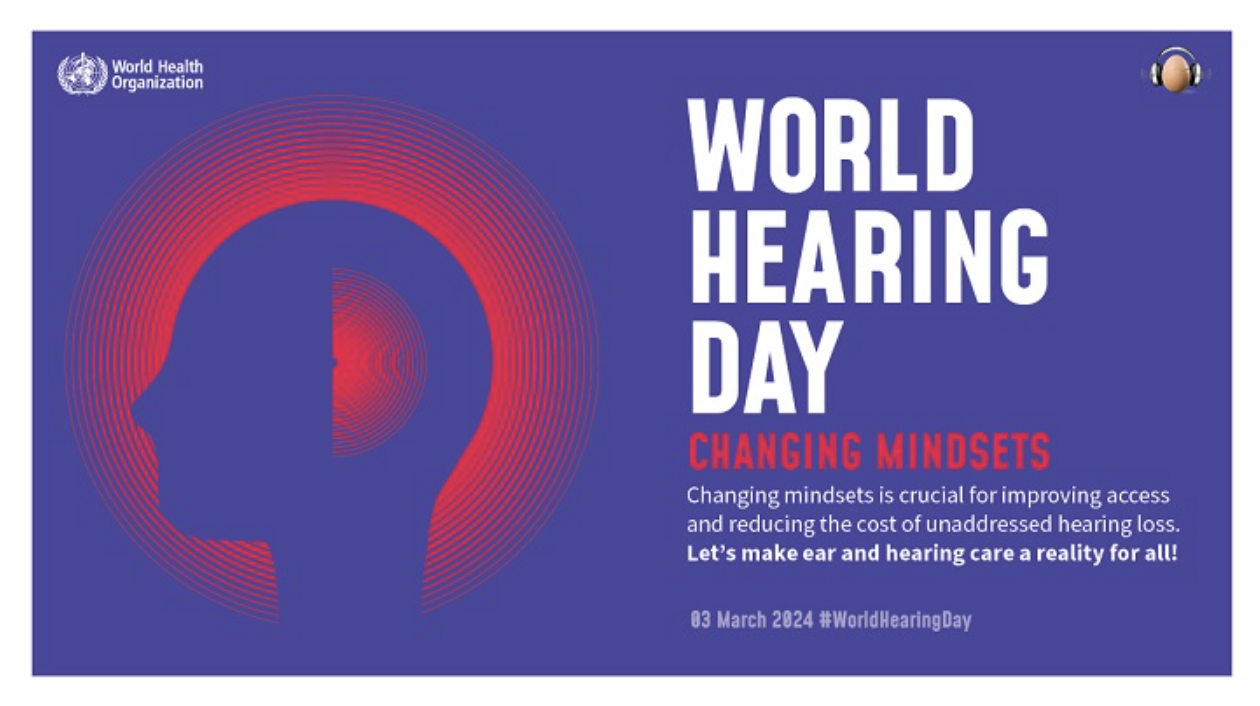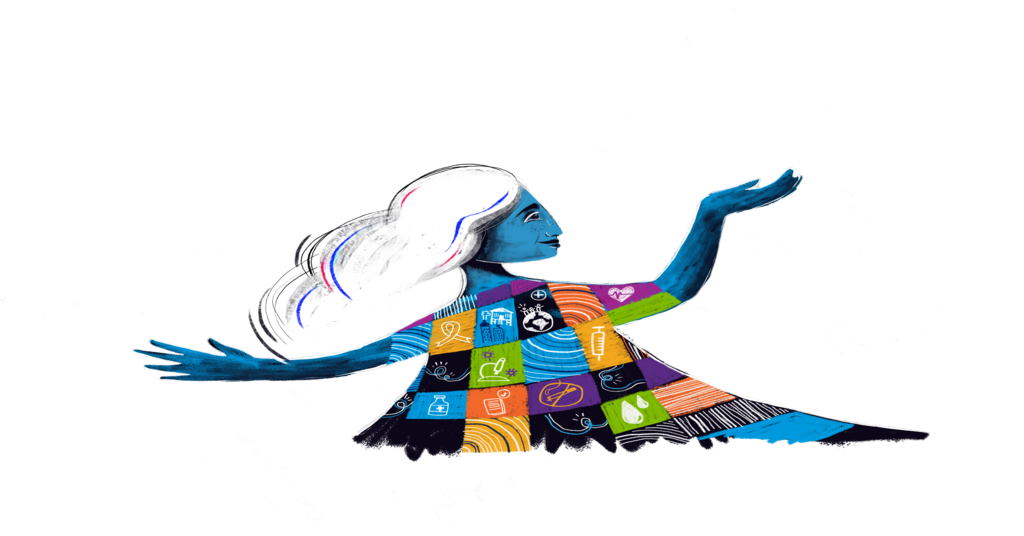
Community Spotlight: Public speaking with hearing loss to advocate for others
October 2, 2020
Safe listening and making the most of e-learning
October 6, 2020ASL interpreters now mandatory for U.S. COVID briefings

Oftentimes, the deaf and hard of hearing miss out on important news because the lack of accessibility. Now though, the U.S. is making it mandatory for sign language and captioning services for all COVID-19 briefings.
Effective October 1, 2020, all briefings around coronavirus taking place on White House grounds or in federal agencies, (i.e. Department of Defense, Department of Education, Homeland Security, etc.) must have ASL interpreters and accurate captioning services.
This comes prior to U.S. President Donald Tump and the First Lady announcing they have tested positive for COVID-19 on Friday. Nearly 7.5 million people in the U.S. have been infected with Coronavirus, according to WorldMeters.info.
Tonight, @FLOTUS and I tested positive for COVID-19. We will begin our quarantine and recovery process immediately. We will get through this TOGETHER!
— Donald J. Trump (@realDonaldTrump) October 2, 2020
ASL Interpreters for COVID information
People who are deaf or hard of hearing are often left in the dark when it comes to important news briefings. Sometimes we’re given information hours or days after the hearing population gets it. Access to vital information is important for everyone.
During this pandemic, many of us have lived in uncertainty. We’ve turned our attention to our leaders to see how we should act. In all 50 states, governors have had ASL interpreters at their coronavirus briefings. Several cities have used them as well. Some of them have had Certified Deaf Interpreters (CDIs). This is an interpreter who is deaf themselves. They have specialized training and/or experience in using other tools like gestures, props, and drawings to enhance communication.
As other states utilize ASL interpreters for their coronavirus briefings, the White House administration has fought back against using them. It claimed rooms were too small, seating was limited, and podiums weren’t able to be moved for interpreters to be nearby.
“As other states utilize ASL interpreters for their coronavirus briefings, the White House administration has fought back against using them.”
On September 9, 2020, the National Association of the Deaf and five Deaf individuals sued President Trump for violations of the Rehabilitation Act of 1973 (Rehab Act) as well as the First Amendment.
The Rehab Act “prohibits discrimination on the basis of disability in programs conducted by federal agencies, in programs receiving federal financial assistance, in federal employment and in the employment practices of federal contractors.”
The First Amendment states that “Congress shall make no law respecting an establishment of religion, or prohibiting the free exercise thereof; or abridging the freedom of speech, or of the press; or the right of the people peaceably to assemble, and to petition the Government for a redress of grievances.”
Read more: deaf community petitions for free captions
Constitutional Rights for the Deaf and Hard of Hearing
Both the Rehab Act and the First Amendment were used to show that access to the information being presented, as it’s being presented, is a constitutional right.
Thanks to the many government officials who have been utilizing ASL interpreters during the COVID-19 pandemic, there was a precedent. Judge James Boasberg agreed. Because of his ruling, this will also be the first time a White House briefing has ASL interpretation on the same screen as the briefing.
What does this mean for the future of deaf access? Hopefully this ruling will increase the visibility of ASL interpreters on all news screens whether local, state, or federal. Accurate captions will also be a priority for anything broadcasted. The ruling also sets a standard for access beyond coronavirus briefings. We can only keep pushing for our rights to access to all information the moment it is made public.



